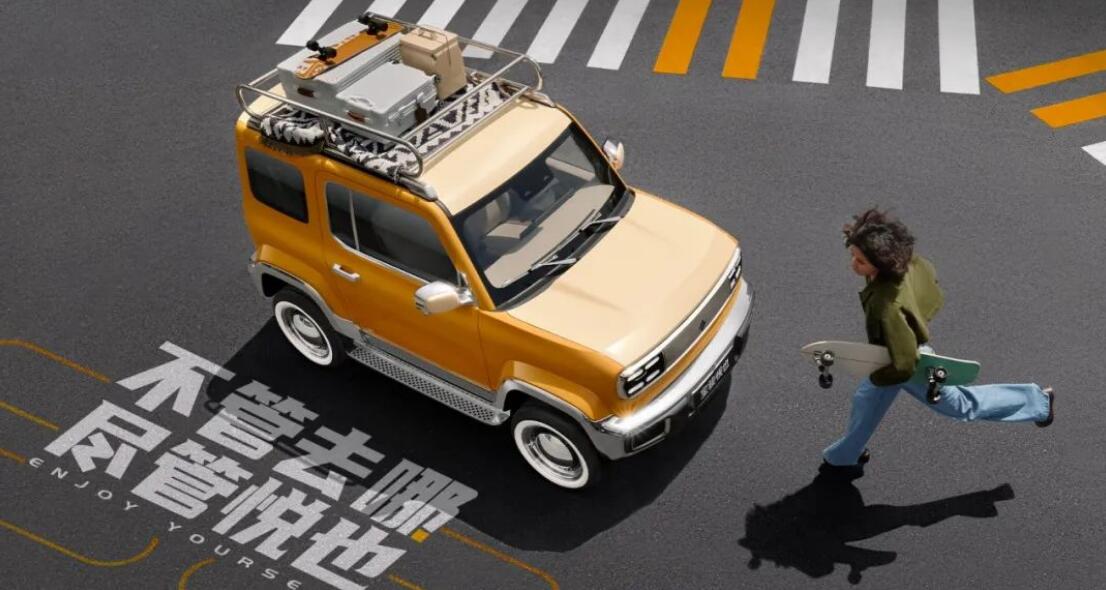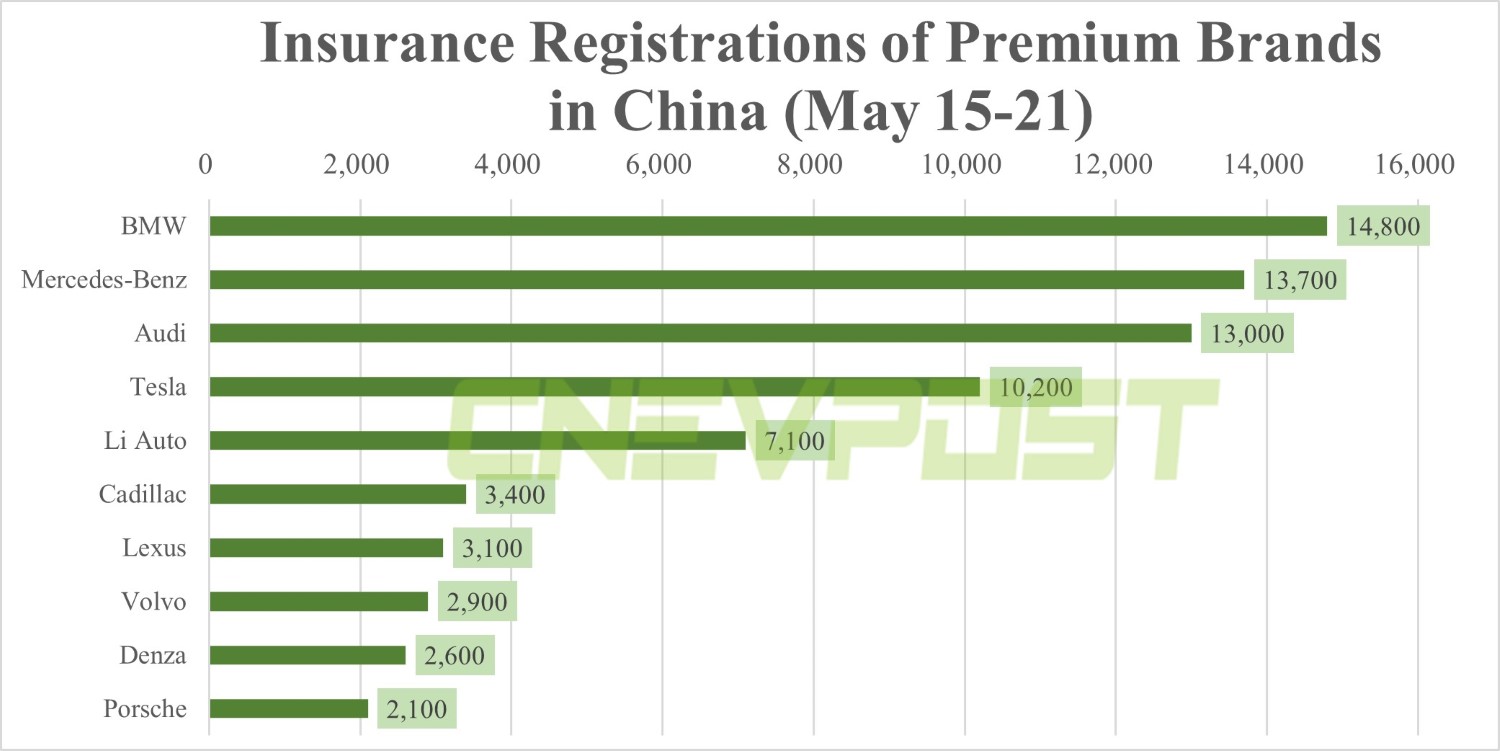Musk is expected to meet with senior Chinese officials and tour Tesla's Shanghai factory, according to Reuters.

(Image credit: CnEVPost)
Tesla (NASDAQ: TSLA) CEO Elon Musk is expected to visit China this week, Reuters said in a report today, citing three people familiar with the matter.
Musk is expected to meet with senior Chinese officials and tour Tesla's Shanghai factory, two of the sources said, according to the report.
It's unclear who Musk will meet with and what they will discuss, the report noted.
A Reuters report on March 31 said Musk planned to visit China as early as April and seek a meeting with Chinese Premier Li Qiang.
The Tesla CEO last visited China in January 2020, when he showed off a dance during the delivery of Tesla's first China-made Model 3 electric vehicles (EVs).
China is Tesla's second-largest market after the United States, and its Shanghai plant is the EV maker's largest production center, producing the Model 3 sedan as well as the Model Y crossover.
For all of 2022, the Chinese market contributed $18.1 billion in revenue to Tesla, or 22 percent of its $81.5 billion in total revenue, according to its 10-K filing with the SEC on January 31.
The US market contributed $40.6 billion in revenue, or 49.8 percent, to Tesla in 2022.
For the full year 2022, Tesla delivered 1,313,851 vehicles worldwide, up 40.38 percent from 935,950 in 2021.
The EV maker delivered 439,770 vehicles in China in 2022, contributing 33 percent of the year's deliveries, data monitored by CnEVPost show.
Tesla's Shanghai plant produced 727,000 units in 2022, up 49.7 percent from a year earlier, Chen Kele, deputy director of intelligent manufacturing promotion division at Shanghai Municipal Commission of Economy and Informatization, said earlier this month.
Tesla's Shanghai plant had an industrial output of 183.9 billion yuan ($26 billion) in 2022, which accounts for 23 percent of Shanghai's auto manufacturing output, driving 1.3 percentage points of local industrial output growth, Chen said.
Shanghai will further deepen cooperation with Tesla to promote the EV maker's businesses including self-driving, and robotics in Shanghai, he said at the time.
From January to April, Tesla delivered 177,385 vehicles in China, up 61.54 percent year-on-year, according to the China Passenger Car Association (CPCA).
Tesla's Shanghai plant exported 127,779 vehicles in January-April, up 72.97 percent year-on-year.
In addition to its EV business, Tesla is bringing its other major business -- energy storage -- to China.
Tesla signed a deal with Shanghai's Lingang authorities on the afternoon of April 9 to build a new Megafactory in the area, which will be dedicated to producing Tesla's energy storage product Megapack, according to a previous announcement from Lingang's special area administration.
The Megafactory will be Tesla's first energy storage system factory outside its US home market, with an initial planned annual production of up to 10,000 units of commercial energy storage batteries and an energy storage scale of nearly 40 GWh, with products to be supplied to the global market.
The factory is scheduled to start construction in the third quarter of this year and put into operation in the second quarter of 2024.
($1 = RMB 7.0761)
Musk once laughed at BYD, but now thinks 'their cars are highly competitive'
The post Tesla CEO Elon Musk expected to visit China this week, report says appeared first on CnEVPost.
For more articles, please visit CnEVPost.













